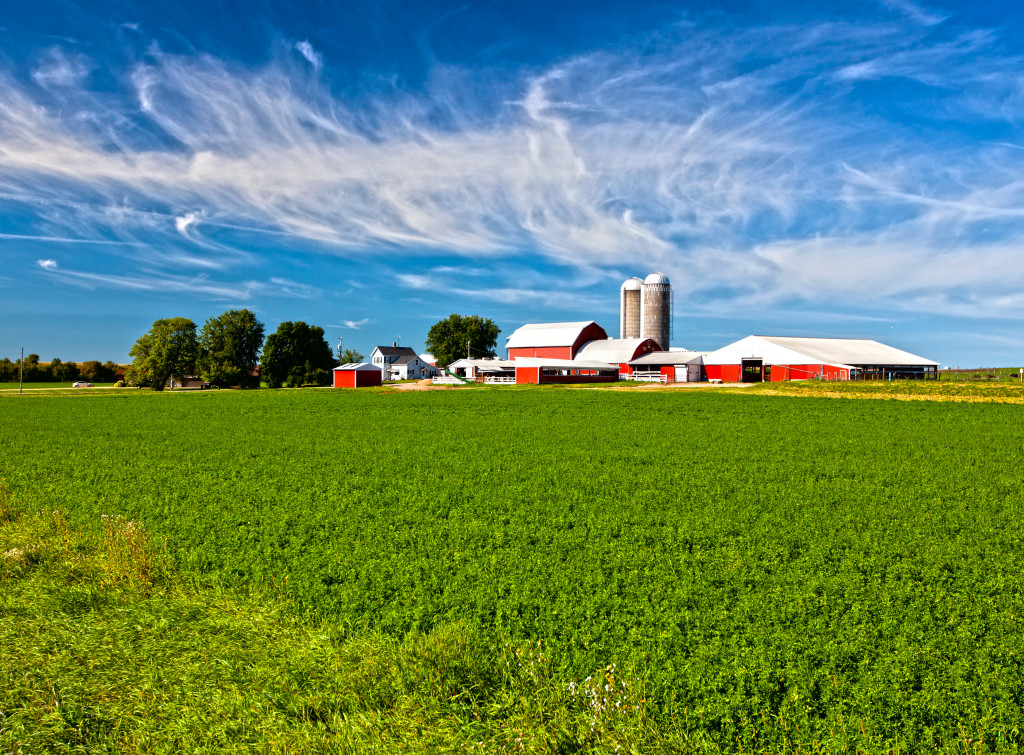Agriculture is one of the most important sectors of the economy, and it is constantly evolving with new technologies. In recent years, there has been a surge in emerging technologies in agriculture. These technologies are changing the way we farm, and they hold great potential for the future of agriculture.
This post will take a closer look at some of the most important emerging technologies in agriculture.
Precision agriculture
Precision agriculture is a farming technique that uses GPS and other sensors to precision-target inputs such as water, fertilizer, and pesticides. This helps to improve yields and decrease waste.
Precision agriculture is becoming increasingly popular due to its many benefits. It can help farmers save money on inputs, increase yields, and reduce environmental impact. Additionally, it allows farmers to collect valuable data about their crops and soil, which can help them to make more informed decisions.
There are several different precision agriculture technologies, including GPS-enabled tractors and self-steering combines, sensors for monitoring crop health and detecting pest infestations, and drones for farm spraying or surveying fields.
Wireless sensor networks
Wireless sensor networks are a type of sensor network that uses wireless communication to transmit data. This allows sensors to be placed in inaccessible or dangerous locations, like the middle of a field or on a factory floor.
Wireless sensor networks are becoming increasingly popular due to their many benefits. They can help farmers save money on inputs, increase yields, and reduce environmental impact. Additionally, they allow farmers to collect valuable data about their crops and soil, which can help them to make more informed decisions.
Some of the most common wireless sensor networks used in agriculture include soil moisture sensors, weather sensors, and irrigation controllers. These sensors can be placed throughout the field to collect data that can be used to improve crop yields.
Autonomous vehicles
Autonomous vehicles are a type of vehicle capable of operating without human input. These vehicles are equipped with sensors and software that allow them to navigate and perform tasks without a driver.
Autonomous vehicles hold great potential for the future of agriculture. Some of the most common autonomous vehicles used in farming include self-driving tractors, robotic milking machines, and unmanned aerial vehicles (UAVs). These vehicles can help farmers save time and reduce labor costs while improving efficiency and crop yields.
Despite challenges, such as concerns around safety and cost, the use of autonomous vehicles is expected to grow in the coming years.

Drones
Drones are a type of unmanned aerial vehicle (UAV) used for various purposes, including reconnaissance, surveillance, and delivery. Drones are becoming increasingly popular in agriculture due to their many benefits.
Some of the benefits of using drones in agriculture include:
-Reduced labor costs: Drones can be used to perform tasks traditionally done by human workers, such as crop spraying or surveying fields. This can help to reduce labor costs.
-Increased efficiency: Drones can cover large areas quickly and efficiently. This can help farmers to save time and increase productivity.
-Improved accuracy: Drones can be equipped with sensors to collect data about crops and soil. This data can be used to improve crop yields.
Precision livestock farming
Precision livestock farming is a type of agriculture that uses precision farming technologies to manage and monitor livestock. This type of farming involves using sensors and other technologies to collect data about livestock, including their health, movement, and eating habits.
Precision livestock farming has many benefits. It can help farmers save money on inputs, increase yields, and improve the health and welfare of their livestock. Additionally, it allows farmers to gather valuable data about their animals, which can help them to make more informed decisions about how to care for and manage their herds.
Some of the most common technologies used in precision livestock farming include GPS-enabled collars and ear tags, activity monitors, and weight sensors. These technologies help farmers track their livestock, identify health and welfare issues, and optimize production.
Predictive analytics in agriculture
Predictive analytics is a field of data mining that uses historical data to make predictions about future events. It can be used in a variety of industries, including agriculture.
Predictive analytics can predict things like weather patterns, disease outbreaks, and crop yields. This information can help farmers make decisions about when to plant, how to rinse, and what crops to grow.
Conclusion
The technologies we have discussed are changing the way we farm and hold great potential for the future of agriculture. Despite some challenges, such as cost and safety concerns, these technologies are expected to play a major role in the future of farming. Farmers who want to stay ahead of the curve should consider using these technologies in their operations.

